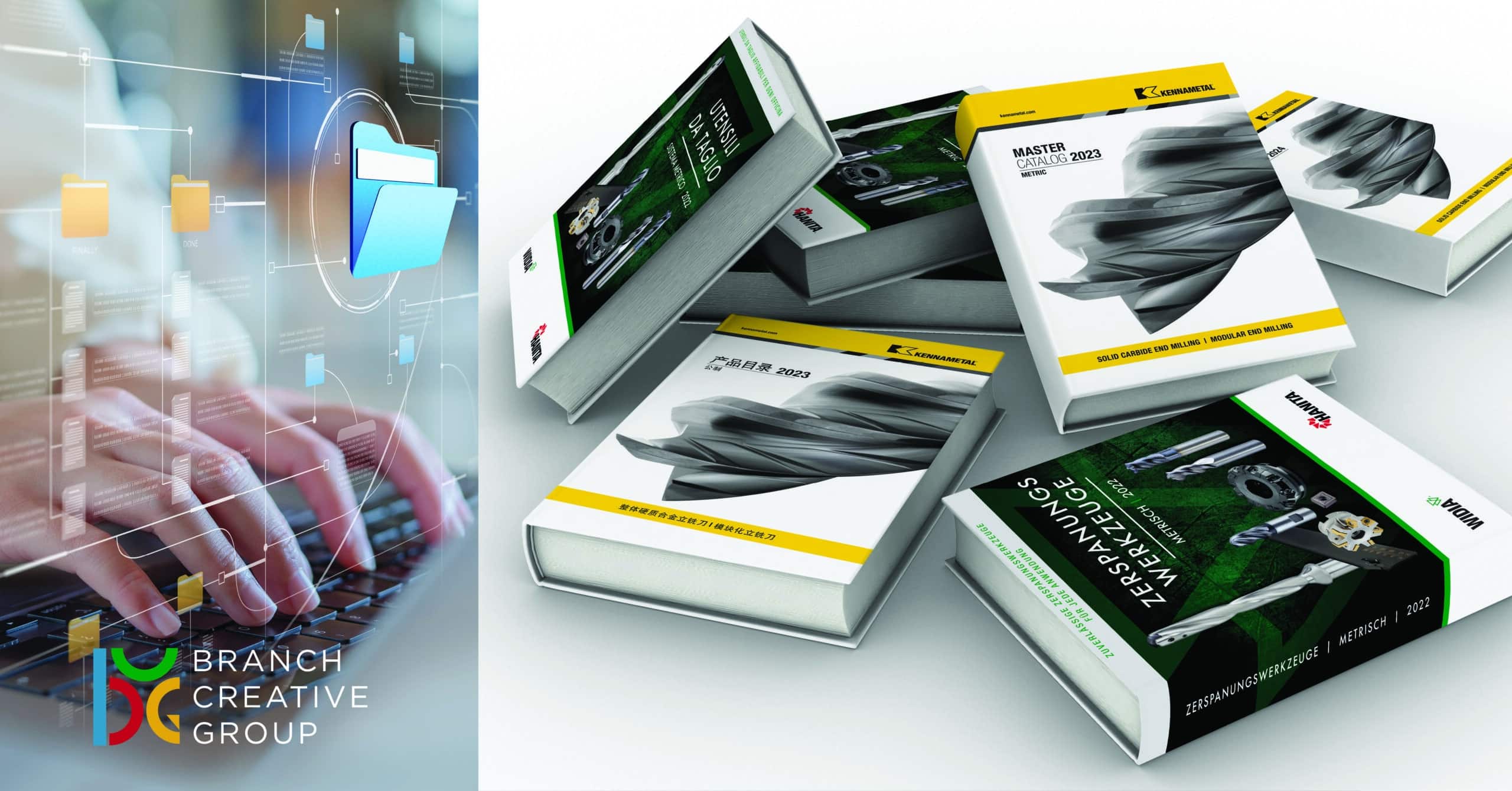This year has been, without a doubt, one of the most challenging landscapes for many B2B and B2C companies struggling to make sure their brand reaches new and existing markets.
The investment in e-commerce and online user experience reminds us of the dot-com era. So, with all the digital touchpoints in your toolbox, should you still produce that product catalog?
Think about the mega brands that still use this approach to stay top of mind. W.W. Grainger, the MSC BIG BOOK, IKEA, and many others have built an almost iconic following with their large desktop advertising tools.
The aforementioned brands have spent decades refining their target market. Still, many companies that produced print catalogs could not justify production and mailing costs in their ROI, which led to the rise of online interactive catalogs.
There are a lot of options for an HTML interactive catalog experience. Turning your existing or continuously updated catalog file into a vehicle that has an extended shelf life is only the start. Let’s tie it to your e-commerce platform, so no matter what devices your customers use, they can easily make a purchase.
Did I mention the organic algorithms of major search engines? Product catalogs are a treasure trove of fantastic, rich content that helps boost your website’s ranking. Thanks to precision analytical reporting, there’s no need to wonder if anyone is even looking at your online catalog. You can identify which products are hot and which are not, which sections to eliminate if you decide to produce a cost-effective printed version and even the demographics of your customers.
Are you working with a marketing partner who understands the customer journey? Your catalog should be designed in a way that enables a quick product change or section swap. This can reduce your costs dramatically if analytics show your digital edition has a product section with little to no traffic.
Beyond the brand recognition, the ease of commerce, and highly targeted analytics that a catalog provides, several demographics still enjoy the look and feel of a traditional product catalog. Consider the massive influx of daily digital traffic received in your own email and social feeds. While those touchpoints are highly targeted, they may be quickly forgotten, but a product catalog can serve as a lasting reference to be visited and revisited as customer needs arise and change. So, the last question is one you have to ask yourself — Should you continue to produce that product catalog?
Steve was a managing partner at a local agency for more than three years and brings 25+ years of direct client engagement and business development experience to our organization. His personal mission is to fully understand the ever-changing needs of each unique client.





